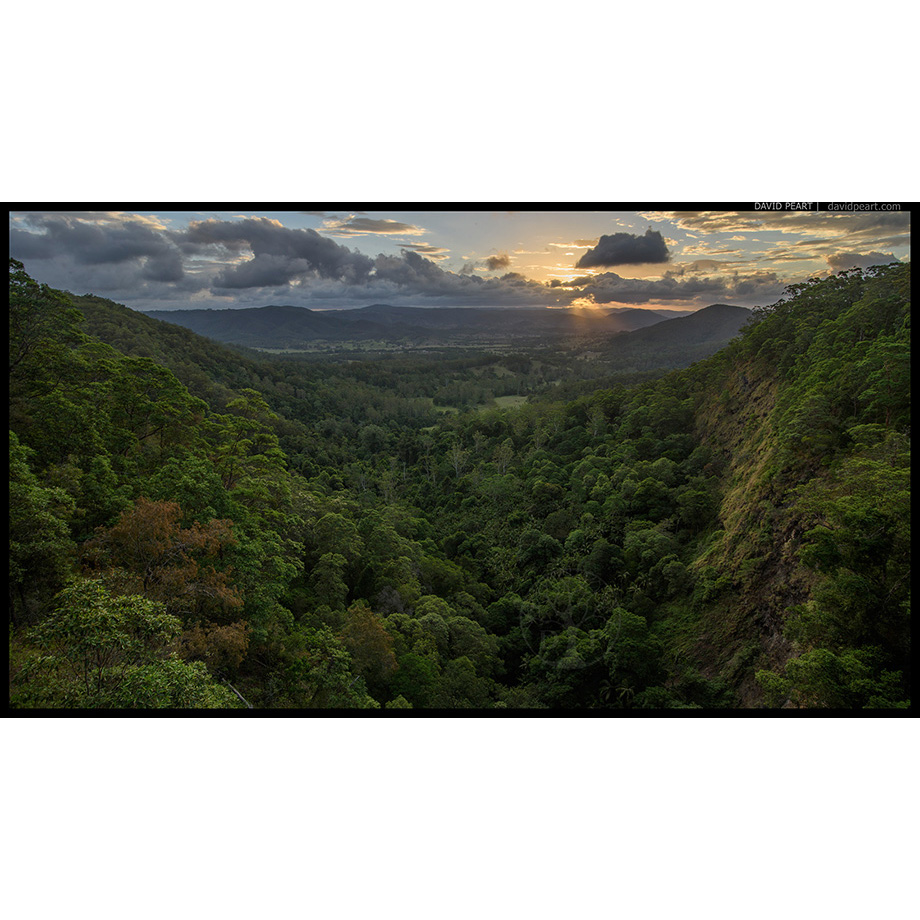Pandanus Storm Monochrome
I’ve been showing my good friend Erik Peterson of Bending the Arc Strategies around South East Queensland over the last week. Erik hails from a land of snow and pines, bears, moose and bobcats, so the subtropical environment and all its delights here have peaked his endless enthusiasm and boundless excitement. Erik is also a keen landscape photographer, and in the process of showing him around I’ve revisited many of the places where some of my iconic shots of the last two years have been taken.
One of these is Point Arkwright, a strangely deserted beach that sits at the foot of sprawling coastal urban development on the Sunshine Coast. There’s a fairly steep climb down to the beach from the headland above; even though that doesn’t seem to me to be sufficient an obstacle (especially for access to a stretch of scenery as remarkable as this), somehow it prevents most people from going down there.
Which in a way is good. It meant Erik and I were able to arrive in the pre-dawn light and wander around in the zen-like reverie that is shooting landscapes (well, for me at least, anyway), without being disturbed or having our frames photo-bombed until well after sunrise. As we left the beach, it was still empty. Arkwright is a special place, and revisiting it has reinforced for me a couple of important concepts that guide my work. I’m pleased that these things are often born out in this way as I believe it underlines the essential truth in them, as well as the broader issues they suggest.
Without meandering too much, I’ll try to put these into words:
I recall that just prior to my original trip (when I took pictures over the rocks and out beyond into the turbulent sea), I had happened across some work by another photographer that featured pandanus palms. Those pictures failed to inspire any great feeling in me, and I found the palms particularly awkward; I am postulating in hindsight that this might have been because they seemed out of place in the postcard-like niceness of the beach photos they featured in. But it did cause me to consciously avoid having the trees in any of my pictures at that time. I’ve found that the images I’ve taken on this visit, some 18 months after my first Arkwright venture have illustrated for me the idea that there is a picture in everything. The trick is in finding the facets of things that are remarkable. This particular morning, while I did venture a few shots out towards the sea, my focus was more on the standing line of pandanus palms along the vegetation line at the back of the beach. This happened partly because of the clouds above the headland, but also because something in the primordialness of these particular trees stirred things in the back of my mind.
Start with what you want to say and work from there.
So, what did that reinforce for me? Well, it brought home again the idea that what I’m doing, or at least what I’m doing when I am producing my best work, is going to a place that I connect with deeply, and then expressing through my photos the visual concepts that make that connection. What I am not doing, what I have always tried not to do, and what usually leaves me with work I am dissatisfied with, is going to a place with the intention of taking or making pictures. I’ve had several people over the last couple of months ask me about my work processes, clearly wanting to know where they should go to take wonderful photographs and how they should do it. The only advice I can honestly give them is the same advice another friend Morten Hvaal once gave me: Start with what you want to say and work from there. The latter part of that instruction is relatively straightforward; knowing what the first part is is often harder.
Purchase Pandanus Storm Monochrome as a limited edition print here…
Morten Hvaal


